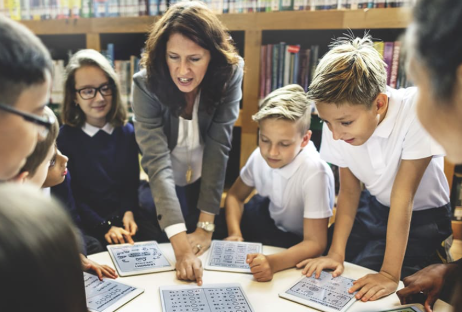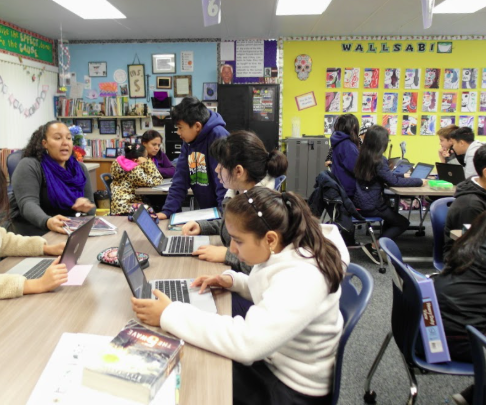As personalized learning continues to shape modern education, digital tools have become essential in supporting tailored instruction and flexible learning pathways. In 2025, a wide range of online resources are available to help students, teachers, and families customize learning experiences that align with individual needs and goals. From adaptive platforms to interactive content libraries, these resources are making personalized education more accessible and effective than ever.
1. Adaptive Learning Platforms
Adaptive learning technology adjusts content in real time based on a student’s performance. Platforms like Khan Academy, DreamBox, and IXL offer personalized lessons in subjects such as math, reading, and science. These tools analyze user data to deliver content that matches each learner’s level and pace, ensuring students stay challenged without feeling overwhelmed.
2. Learning Management Systems (LMS)
LMS platforms like Google Classroom, Canvas, and Schoology help teachers manage and personalize instruction. Instructors can assign differentiated materials, track individual progress, and facilitate student discussions. LMS tools also make it easy to organize learning paths that support students working at different speeds or with different interests.
3. Educational Content Libraries
Sites like PBS LearningMedia, CommonLit, and Smithsonian Learning Lab provide high-quality, customizable content that educators can use to personalize lessons. These platforms often offer multimedia materials including videos, articles, and interactive modules that accommodate diverse learning styles.
4. Interactive and Project-Based Learning Tools
Online resources like Nearpod, Flip, and Padlet promote active participation and creativity. Students can demonstrate understanding through video responses, digital presentations, or collaborative boards. These platforms support student agency and allow for differentiated ways to engage with content.
5. Tools for Student Reflection and Goal Setting
Personalized learning thrives when students take ownership of their progress. Apps like Seesaw, Notion, and Google Keep allow students to document their learning journeys, set personal goals, and reflect on achievements. Teachers can use these tools to foster self-awareness and encourage meaningful academic growth.
6. Accessibility and Language Support Tools
To ensure inclusivity, tools like Microsoft Immersive Reader, Read&Write, and Duolingo provide language support and accessibility features that help meet diverse needs. These resources can assist students with language differences, reading difficulties, or learning disabilities in accessing personalized content more effectively.
Conclusion
Online resources in 2025 are transforming the way personalized learning is delivered. By integrating adaptive platforms, content-rich libraries, and student-centered tools, educators can create engaging, customized experiences that help every learner thrive. As technology continues to evolve, these digital solutions will remain key in supporting effective, inclusive, and personalized education for all.














